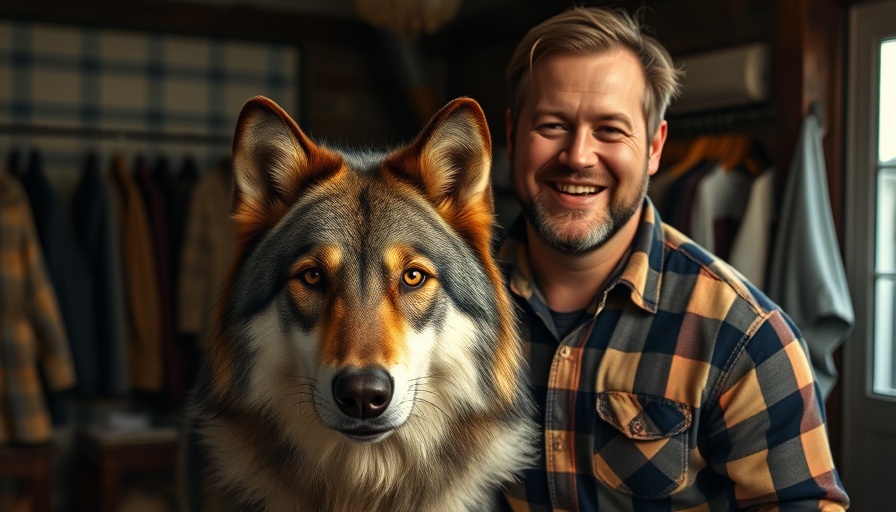
Shocking Act of Animal Cruelty in Wyoming: A Need for Change
In a distressing incident that has sparked outrage across Wyoming and beyond, Cody Roberts faces serious felony animal cruelty charges after allegedly striking a wolf with his snowmobile and subsequently torturing it in a local bar. This incident serves not only as a reminder of the tragic relationship between humans and wildlife but also as a crucial call to reassess wildlife protection laws in states like Wyoming where hunting and lethal control methods may overly dominate.
The Incident that Shook a Community
Reports indicate that the wolf, captured in a gruesome spectacle, had its mouth taped shut and was paraded around a bar in February 2024, only to be killed later on. Such actions reflect a troubling disregard for wildlife, raising questions about societal values and treatment of animals. Public reactions highlight a growing trend towards stricter animal rights advocacy and a shift in how people perceive wildlife in their communities, particularly in high desert regions. Following the incident, the outrage culminated in a tourism boycott, a clear signal that locals and visitors alike condemn such cruelty.
Legal Landscape: Understanding Wyoming’s Wolf Management
Wyoming's regulations generally permit the killing of wolves under various circumstances, reflecting a history where government-sponsored initiatives nearly eradicated the wolves from the lower 48 states. Today, wolves in most of Wyoming are classified as predators, allowing for fewer protections compared to areas like Yellowstone National Park.
This classification means that in 85% of Wyoming, wolves can be killed without limit. Critics argue that this leniency towards predator management must be critically revisited, especially when grievous acts like that committed by Roberts come to light.
The Emotional Toll on Community and Wildlife
The consequences of such acts extend beyond the immediate loss of life. Community members expressed feelings of anger and sadness, confronting the reality that local wildlife can fall victim to brutal acts driven by apathy. As protectors of the land, it is vital for local residents and tourists to promote compassion towards these animals, developing a deeper understanding of their ecological roles and the importance of empathy in coexistence.
Historical Context and Its Impact Today
The extirpation of wolves in the 19th and 20th centuries underlines the fragility of wildlife populations in America. Reintroduction programs in the 1990s have slowly but surely allowed wolf populations to rebound. However, events like those involving Roberts remind us of the constant battle faced by conservationists and the ongoing need for strong legal protections.
A Call for Action: What Can Be Done?
For those passionate about wildlife protection, this incident urges a collective push for legislative change. Advocating for tougher penalties for animal cruelty and supporting wildlife conservation programs can pave the way for a healthier ecosystem. As community members, local initiatives that educate and raise awareness about the importance of wildlife protection can leverage public engagement. Many conservation partners are actively seeking donations to fund vital fieldwork, reflecting a proactive step toward preserving the rich tapestry of local ecosystems.
As we navigate the complexities of human-wildlife interactions, it is essential to remember that every act of kindness—no matter how small—can create ripples of positive change.
 Add Row
Add Row  Add
Add 




Write A Comment